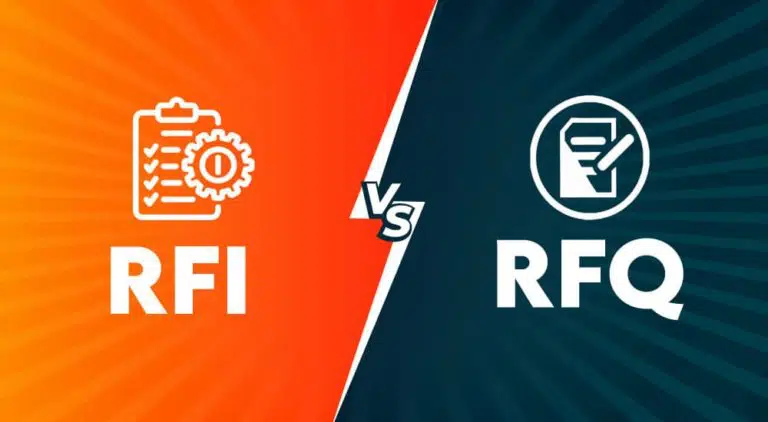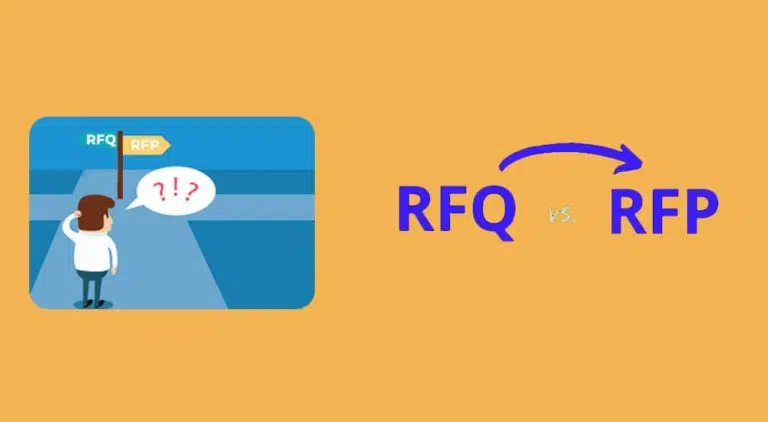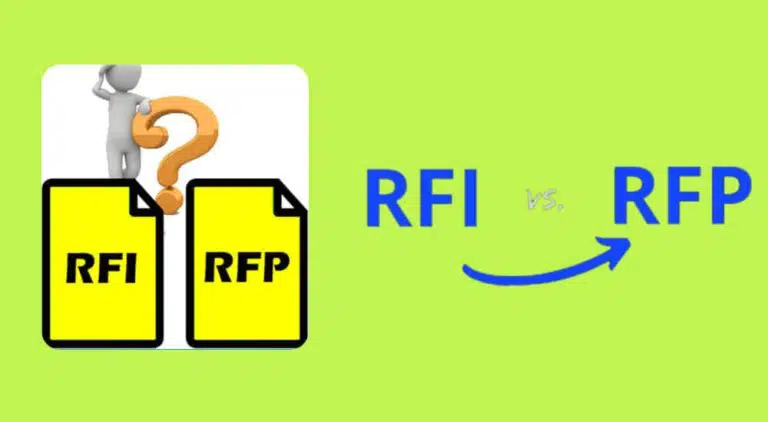The PMBOK Guide defines the three types of procurement contracts:
- Fixed-price contract
- Cost-reimbursable contract, and
- Time and material contract
In today’s blog post, we will discuss the cost-reimbursable contract. A cost-reimbursable contract, also known as cost-plus, is an agreement where the buyer pays the seller for their actual costs, plus a fee representing the seller’s profit.
Let’s get started.
Cost-Reimbursable Contract
A cost-reimbursable contract reimburses the seller’s cost, and since the profit is factored separately, this contract is sometimes known as a cost-plus contract.
This contract is used when the scope of work is uncertain; therefore, costs cannot be estimated accurately.
A cost-reimbursable contract requires the seller to have an accounting system to track costs. This contract is riskier for the buyer because the total costs are unknown, and they are responsible for paying for all incurred costs.
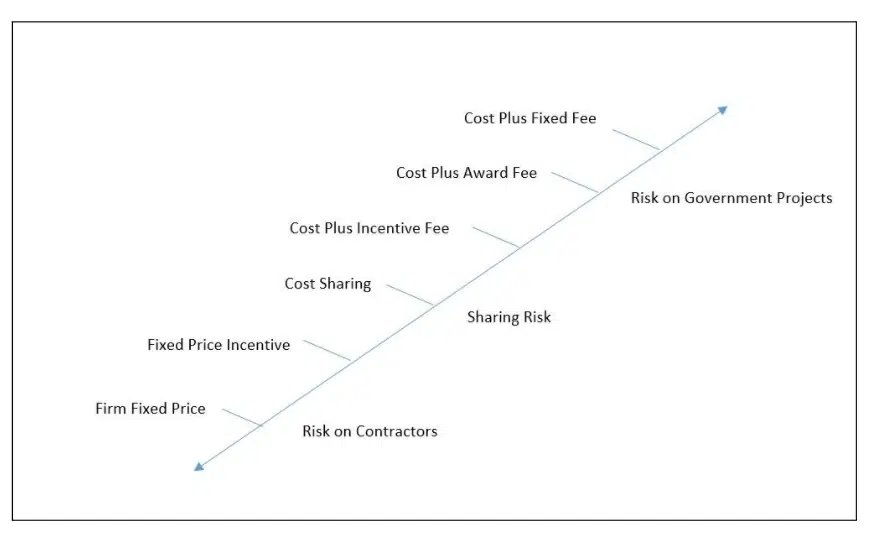
Examples of Cost-Reimbursable Contract
Research and development or Information and Technology projects, where the scope is unknown, typically use cost-reimbursable contracts.
Imagine a project trying to find oil or natural gas potential. This project requires exploration of possible oil or natural gas deposits by drilling the land and testing the soil, which might take many months.
This is a research and development project where neither buyer nor seller clearly knows the scope, duration, or eventual success. In such scenarios, cost-plus contracts allow sellers and buyers to form a working agreement.
How Does a Cost-Reimbursable Contract Work?
- In a cost-reimbursable contract, the buyer pays the actual cost incurred by the seller and an additional fee or profit.
- The actual cost is reimbursed, and the fee amount is decided upfront.
- This contract is used when requirements are not clear (e.g., Research and Development Project).
- Neither party has clarity on product development.
- Cost-reimbursable contracts are used for new research and development or proof-of-concept developments requiring immense innovation without guaranteeing the predicted outcome.
- This engagement is risky for the buyer as costs are unknown. The seller has no risk as they are assured of all incurred costs plus fees.
- These contracts can sometimes be misused as sellers have no incentive to control costs. Also, the buyers must micromanage costs and audit invoices, creating additional work and headaches.
Types of Cost-Reimbursable Contracts
Cost Contract
In a cost contract, the seller receives no fee (profit). This agreement is appropriate for work performed by non-profit organizations.
Since there is no profit, the seller is reimbursed for incurred costs only.
Please note that this contract is not mentioned in the PMBOK Guide.
Cost-Plus Fixed Fee Contract (CPFF)
This is a cost-reimbursable contract where the buyer reimburses the seller for the seller’s costs plus a fixed profit (fee).
For example, the buyer reimburses the seller for work and materials costs. They agreed on a fixed fee of 10,000 USD, so this is pure profit for the seller.
Cost-Plus Incentive Fee Contract (CPIF)
This is a cost-reimbursable contract where the buyer reimburses the seller for incurred costs, and the seller earns profit only if they meet defined performance criteria.
For example, the buyer reimburses the seller for work and materials, and a base fee of 100,000 USD is awarded pending buyer-specific performance criteria.
Cost-Plus Award Fee Contract (CPAF)
A cost-plus contract involves payments to the seller for all legitimate costs incurred for completed work, plus an award fee representing seller profit.
An example of a cost-plus award fee contract is where the cost of work and materials is reimbursed, and along with that, there will be a base fee award for meeting buyer-specific performance criteria. The maximum award available is 100,000 USD.
This is similar to the cost-plus incentive fee (CPIF) contract, except that the maximum possible award amount is decided in advance in this case.
Cost-Plus Fee (CPF) or Cost-Plus Percentage of Cost (CPPC)
A CPF or CPPC contract is a cost-reimbursement contract in which the buyer pays the seller the cost and a percentage of the cost.
An example of a cost-plus fee contract is where the cost of work and materials is reimbursed plus 10% of costs as a fee as profit to the seller.
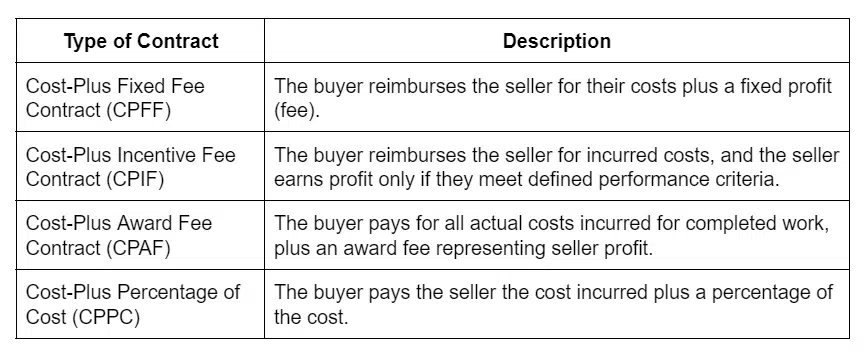
Advantages of Cost-Reimbursable Contract
- This contract type allows for a simpler procurement statement of work.
- This contract type usually requires less work to define the scope than a fixed-price contract.
- This is less costly than a fixed-price contract because the seller does not add costs for risk.
Disadvantages of Cost-Reimbursable Contract
- This contract type requires auditing the sellers’ invoices.
- This contract type requires more work for the buyer to manage.
- The seller has no incentive to control costs.
- The final price is unknown.
Conclusion
Cost-reimbursable contracts are useful for Research and Development or Information Technology projects where the scope of work is not well defined. So the buyer is ready to pay for the cost incurred plus a fee. This contract is riskier for buyers, who must meticulously audit the seller’s invoice.
This topic is important from a PMP exam point of view; understand it well.
What type of cost-reimbursable contract do you use in your organization? Please share your experience through the comments section.

I am Mohammad Fahad Usmani, B.E. PMP, PMI-RMP. I have been blogging on project management topics since 2011. To date, thousands of professionals have passed the PMP exam using my resources.



